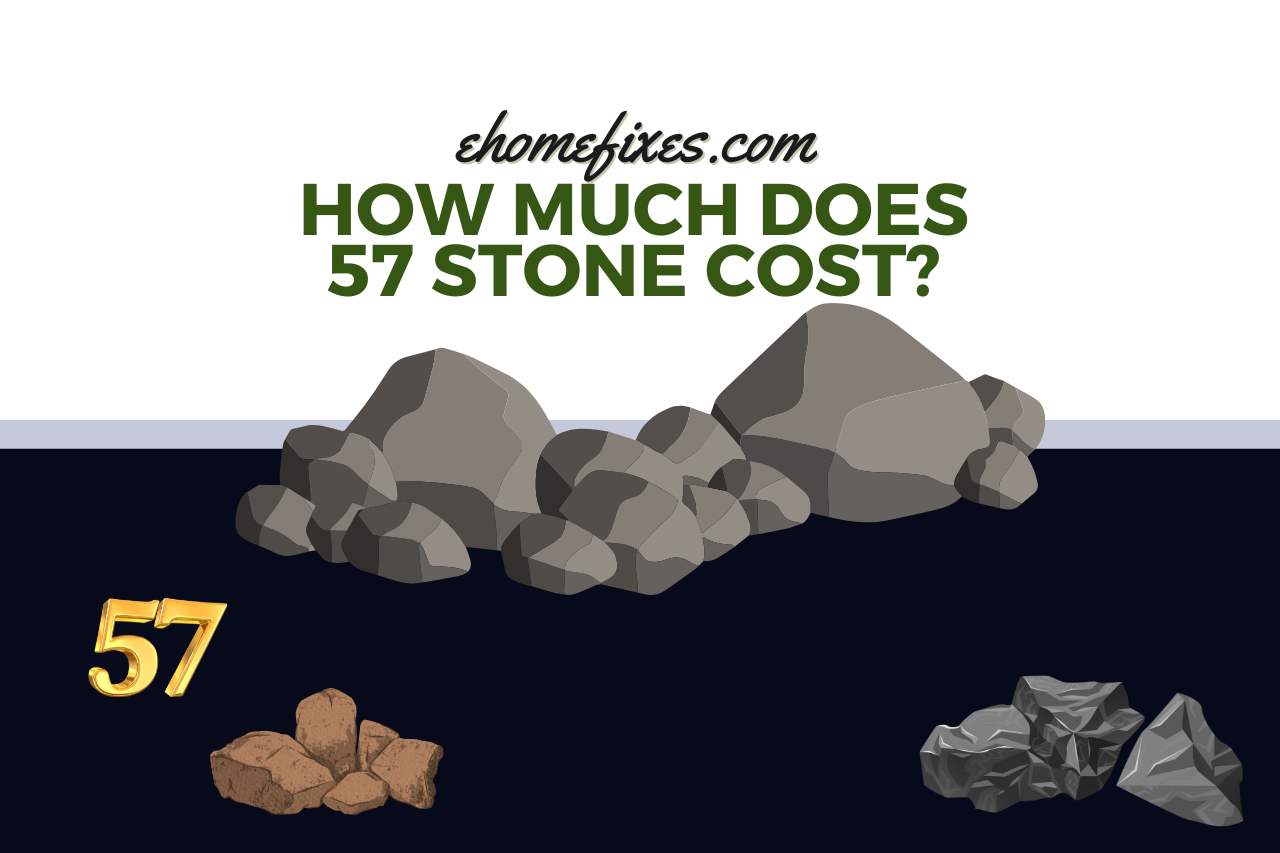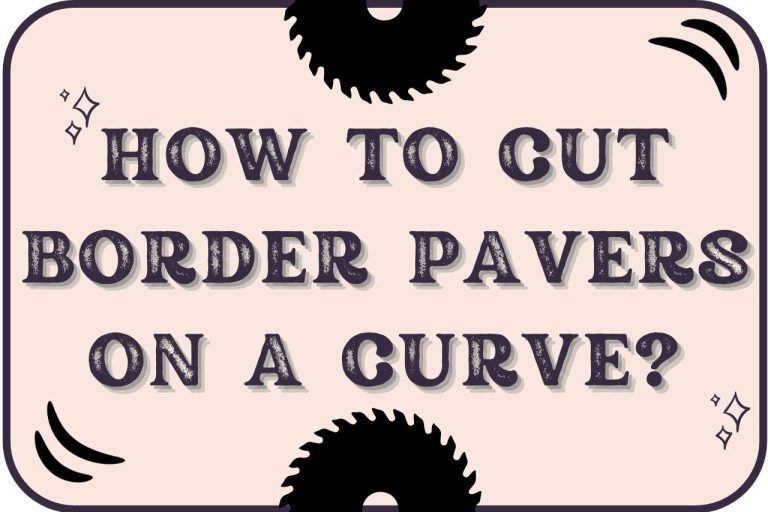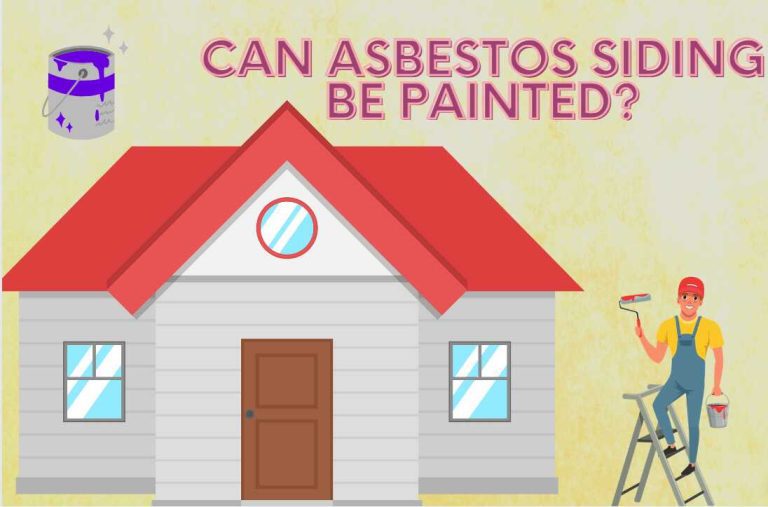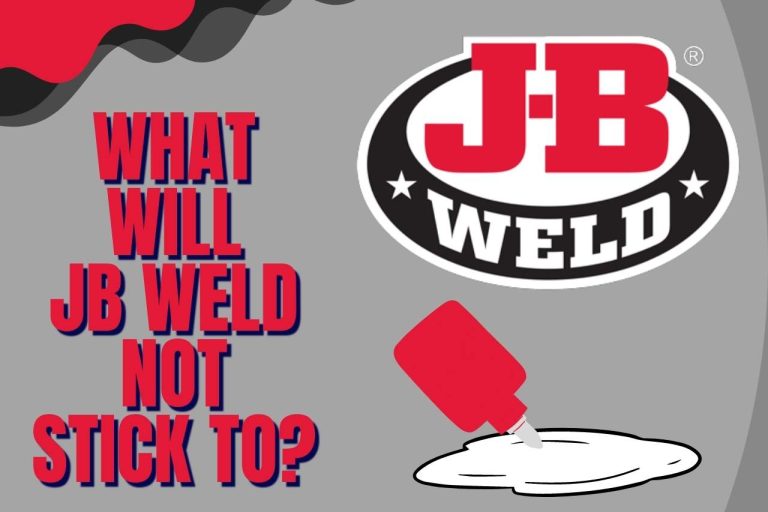How Much does 57 Stone Cost?
Crushed rock, among the primary building materials, is regarded as one of the world’s most easily accessible substances. Before submitting an order, it’s crucial to comprehend the fundamentals of 57 Stone if you plan to use it for a project. 57 stone, what is it? How much does 57 stone cost? This article will cover the solutions to these kinds of queries. You must know the finest method to estimate how much you must have to complete the activity in addition to making sure it is the appropriate material for the project at hand.
What is 57 Stone?
Crushed gravel, also known as “57 stone,” is utilized in a range of gardening and building projects. In a nutshell, 57 stone constitutes a gravel-like substance made of stones of a particular size.
Throughout the mining operation, crushed stone is produced from an appropriate structure of rock. The rock is crushed into different sizes. The size of crushed rock varies.
The size of the sieve, which was employed to sort and sift the stone, is represented by the number “57”. It denotes that the rock was pushed into the 57 sieve, which yields gravel stones that are between 1″ and 1.5″ in diameter.
Because of its adaptability, 57 stone constitutes one of the most often utilized kinds of crushed stone. Concrete uses it as aggregate. It functions effectively as a foundation for the construction of driveways, asphalt roads, walkways, and railroad sleepers. It has an angular form as a result of being crushed.
What Type of Stone is 57?
57 is a type of building aggregate that consists of angular stone or stone that has been crushed. To create this gravel, deposits of rock are mined, reduced in size, then crushed.
The term “crushed stone” 57 describes a stone that is around 34 inches thick. In general, drainage, gardening, and construction mixes use this. A substance made with precisely sized stones called 57 stone resembles gravel.
Erosion has caused gravel to become less angular. Throughout the process of mining, the stone is created from layers of rock, and a crusher subsequently reduces the stone to different sizes.
What Factors Affect the Cost of 57 Stone?
In general, 57 stone is regarded as being a fairly inexpensive material. However, a number of variables can affect the precise pricing.
Type
There are many various rock kinds that may be used to construct it, and each will come at a varied price, as the identification 57 relates to the size of each stone instead of its type.
Weight
The weight at which the stone that has been crushed is sold. Therefore, you may anticipate paying extra depending on how big the stone is.
Not all types of crushed stone are available anywhere in the globe. The cost of transporting the rock to the construction site will rise if it needs to cover further, especially if customers are purchasing a lot of stuff.
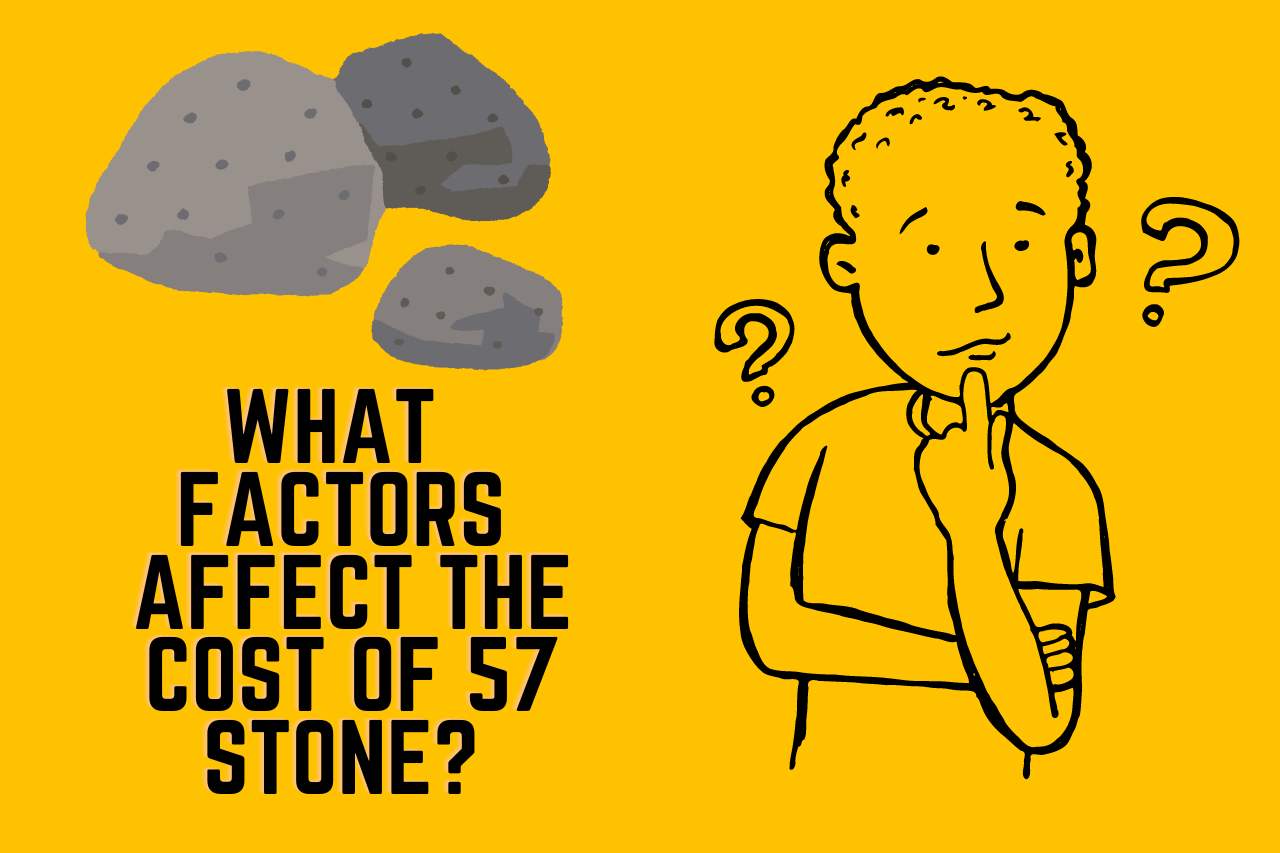
Durability
Additionally, granite possesses a distinct chemical as well as physical composition, and specific mechanical and chemical substances have an impact on the rock’s endurance.
The temperature variations which lead the rock to shatter are among the chemical compounds that actually lower the rock’s durability. Other elements like moisture and water also have a direct impact on how long the stone will last.
It’s critical to remember that there is a vast genre of content.
How is 57 Stone Typically Priced?
The majority of 57 rock costs will be given in tons, so it’s crucial to determine how many tons you’ll need before placing your purchase so that you can properly compare rates.
Crushed stone, with the specific name “57 stone,” is mostly utilized in gardening and other building projects.
In Florida, the stone that has been crushed is widely used practically everywhere and is highly prevalent. For the majority of your building needs, 57 stone is the ideal choice because it is strong and reasonably priced.
Depending on the quantity of the purchase, you may anticipate paying around $40 and $65 for each ton for such a type of stone in Northern Virginia.
A truckload of the material measures between 10 to 12 cubic yards or sixteen tons and could run you approximately $800. However, costs might change.
These costs may be increased by delivery as well as spreading. However, the overall cost decreases when you order more material. Until to ten miles, delivery is often free.
A well liked option for lime rock gravel as a foundation for driveways, drainage, the latter of and erosion prevention is 57 Stone. It is frequently utilized in garages and French drains due to its lower cost.
How Many Tons of 57 Stone Do I Need?
Putting your dimensions into a calculator on the internet might be helpful when figuring out the amount of 57 stones they require for a project.
The calculator may determine how many cubic yards, feet, as well as tonnes of sandstones we will require once you enter the project’s measurements in both dimensions.
Enter the project’s dimensions in inches plus feet to determine the anticipated amount much granite stone that is required in cubic yards, cubic feet, and tonnes.
57 stone or granite pebbles have a density of 2,410 lbs each cubic yard. The amount of space is going to be two and a half cubic yards, for instance, for an undertaking that is 10 feet broad, 40 feet lengthy, and two inches thick. 2.98 tonnes of material are anticipated to be needed.
The total volume needed is expected to be 7.4 cubic yards, while the anticipated weight of what is required is 8.93 tons, allowing for an identical amount of area at an average depth of 6 inches.
How Big is 57 Stone?
The dimension of a 57 stone typically ranges from 3/8 inch to a single inch. The design of sieve processes, however, can occasionally result in the presence of a few somewhat bigger or smaller bits as well.
57 stone often consists of several small stones, about the size of nickels and quarters. There are quite a few variables to consider when calculating the quantity of 57 crushed stones a certain project would require.
Approximately 0.62 cubic yards of that material, or 1.2 tons, are required to create a 2-inch layer throughout 100 square feet. In order to cover 100 square feet with a 5-inch layer, approximately 1.54 cubic yards would be required.
Watch this video,
Video Credits – Hello Sir
You May Also Like

